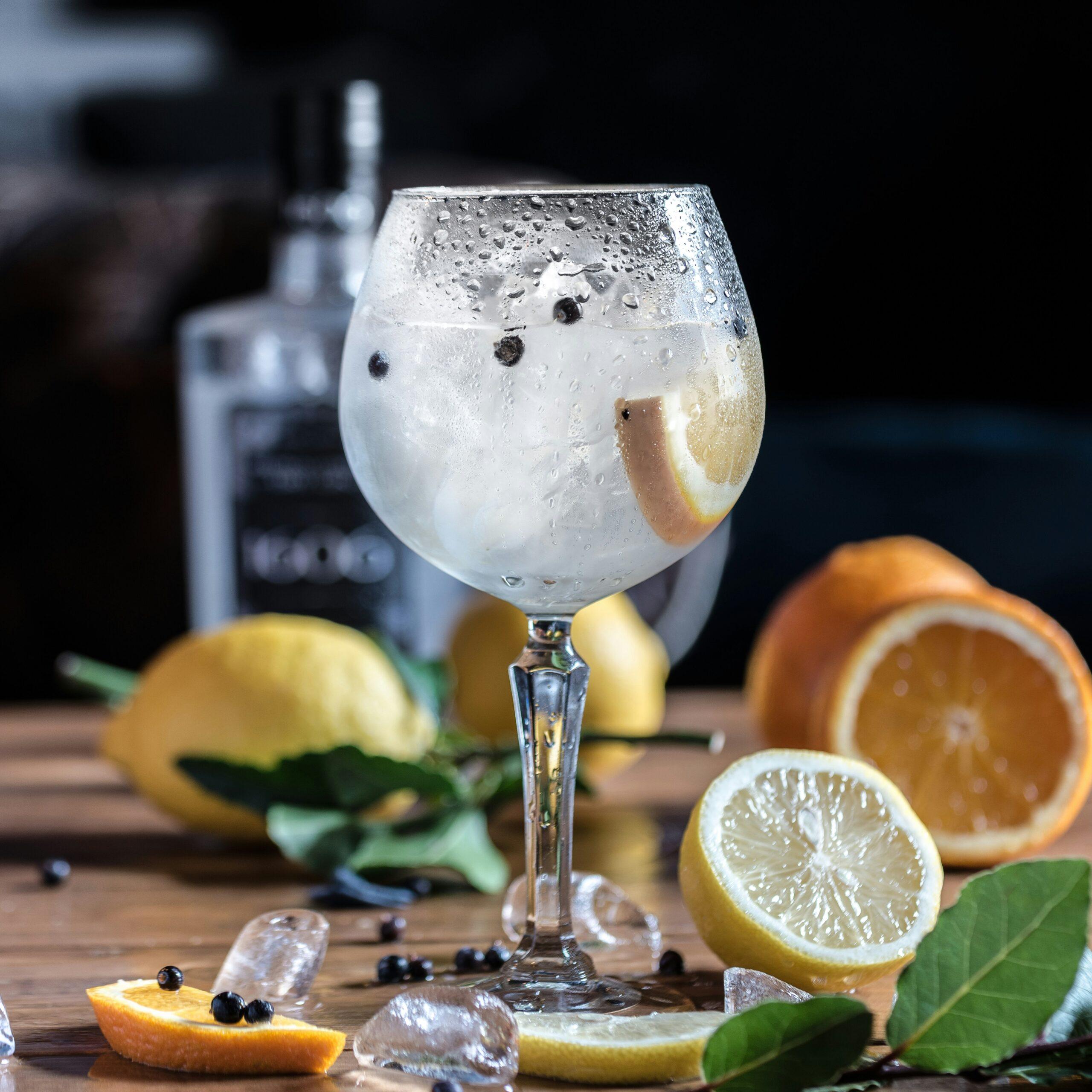Famed pop artist Jeff Koons was hit with a lawsuit recently by a photographer named Mitchell Gray for copyright infringement over a photo Gray allowed Gordon’s Gin to use in a 1986 ad. Gray claims that Koons used the exact photo for his “Luxury and Degradation” series from that same year, which featured other reproductions of liquor ads, for a piece entitled “I Could Go For Something Gordon’s.” Gray is also suing Phillips, the auction house that sold the piece for $2 million in 2008, according to Artnet. Koons’ work is twenty-nine years old, so why is Gray suing now? Under U.S. copyright law, the three-year statute of limitations doesn’t start running until the infringement is discovered, and Gray claims he only recently became aware of Koons’ work. Even without addressing the facts of the case, Koons – well versed in lawsuits, as this is his fifth time being sued for copyright infringement, says Artnet – may well have a great argument for getting the case tossed out of court on the statute of limitations issue, because the “I Could Go For Something Gordon’s” piece is pretty well known, and Phillips has had an image of it on its website for a long time, alongside many other Koons pieces that have been sold.
Still, the case is worth discussing for the sake of analyzing whether Koons potentially has a fair use defense, since there’s a strong likelihood of an unauthorized use finding here. When looking at the Gordon’s ad and Koon’s painting, it’s clear that Koons copied Gray’s work. Also, the New York Daily News reports that Koons admitted in an unnamed lawsuit that he didn’t get permission to use the ads for his series. We’ll informally examine Koons’ work using the four-factor test for fair use: (1) the purpose and character of the use, (2) the nature of the copyrighted work, (3) the amount and substantiality of the portion taken; and (4) the effect of the use upon the potential market.
I. The Purpose and Character of the Use
Under this factor, we look at how the copyrighted work is being used and whether it’s transformative. Transformative uses bring new meaning to the work. Koons’ series is comprised of ads, so it doesn’t move away from the original intent of what Gray’s work was used for. It’s hard to argue that simply turning it into an oil painting added something new. Also, the main differences are that Koons changed the text from cursive script to print, altered the wording from “I could go for something cool, crisp and Gordon’s” to “I could go for something Gordon’s,” and changed the placement of the gin bottle. Again, it’s hard to argue that anything transformative happened here. Also, Koons’ work was done for commercial interests, which usually doesn’t favor a fair use finding.
II. The Nature of the Copyrighted Work
Gray’s work is creative and original, and courts tend to afford strong protections in these cases.
III. The Amount and Substantiality of the Portion Taken
Koons used the entire photo. Courts tend to find fair use when the secondary user takes a small portion.
IV. The Effect of the Use Upon the Potential Market
Painters and photographers aren’t technically direct competitors, but Koons is much more famous than Gray, so the unauthorized copying of his work would definitely deprive him of income, because it would take away demand for the original. It can also be argued that Koons deprived Gray of exploiting the market for paintings of this particular work. Interestingly enough, Koons lost an infringement case in 1992 and under this factor of the fair use analysis, the court found that a sculpture he reproduced from a photo had an effect on the photographer’s derivative market, because the photographer could’ve hired someone to produce sculptures of his work.

Where creative minds come together
It will be interesting to see if Koons argues that his work was commentary on society’s relationship with alcohol. He may even try to bring up parody, which could give him a bit more leeway with the factors since creating a parody requires replicating the copyrighted work in such a way that people recognize the original. That is, if the court would buy his argument.
It’s impossible to know how a court will rule on fair use ahead of time (even though it’s fun to run through the factors), so we’ll be keeping an eye on this case. Stay tuned to our blog to find out what happens.


